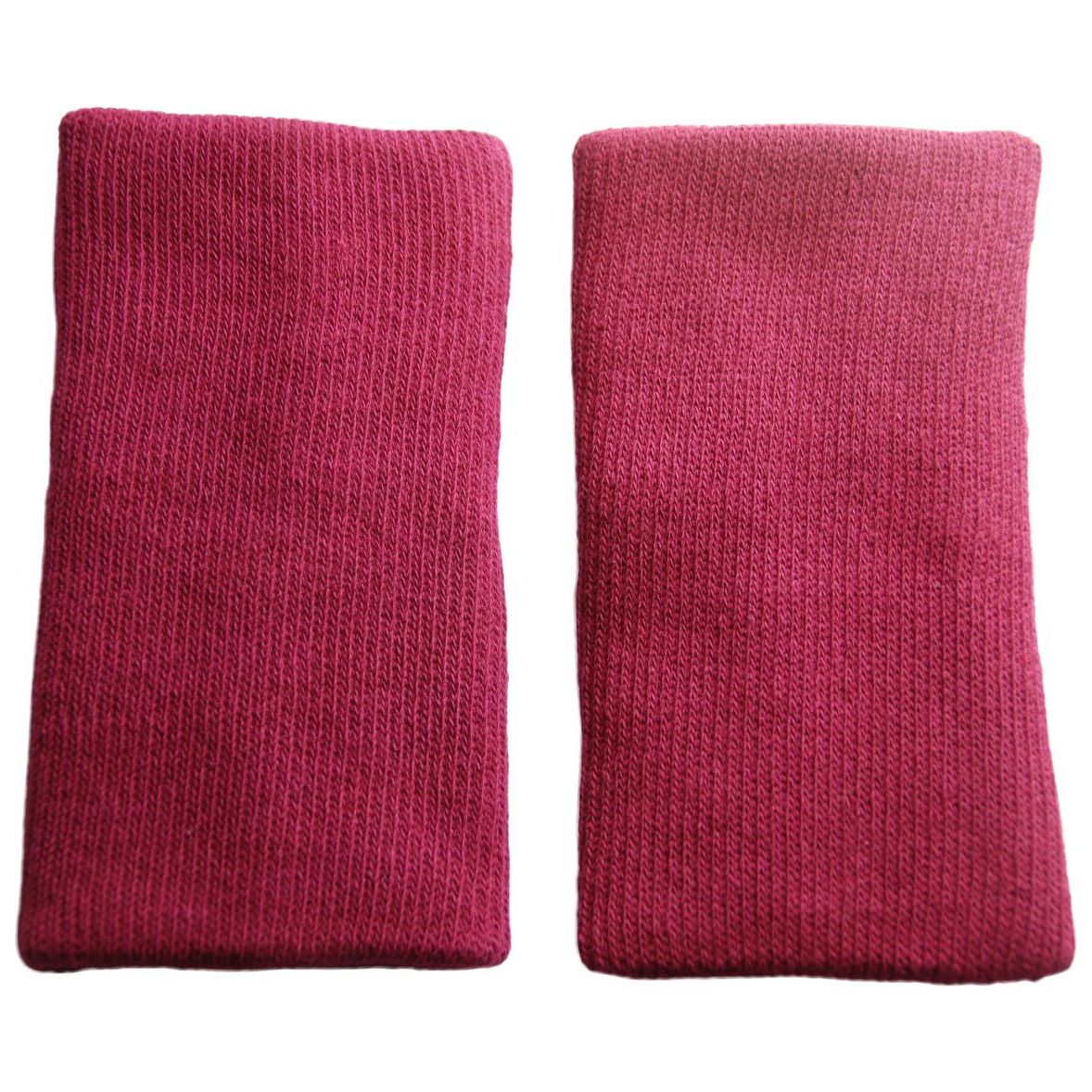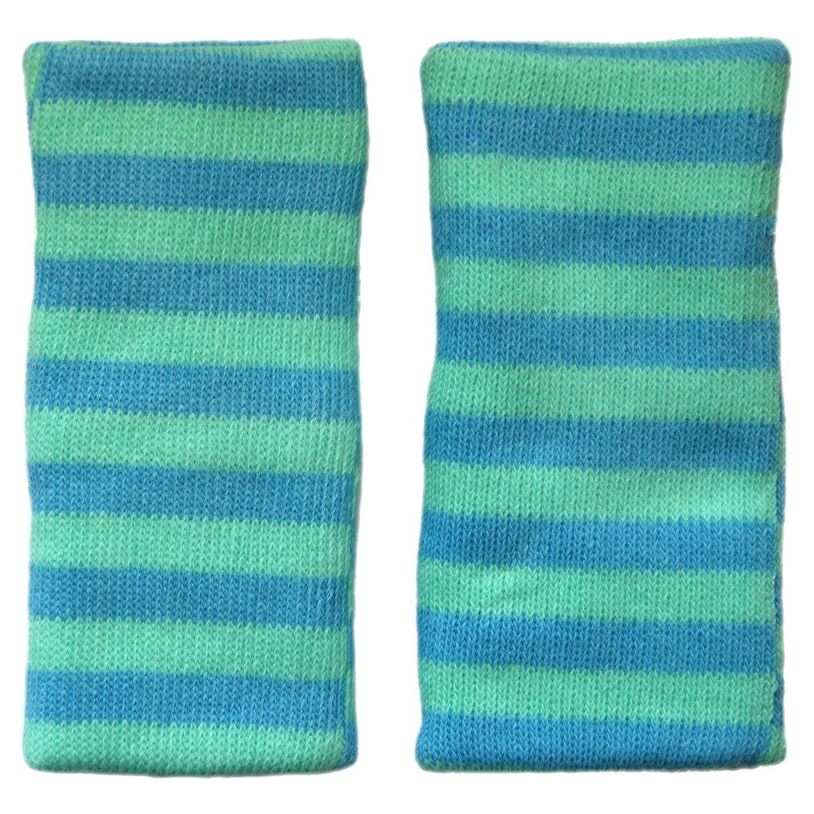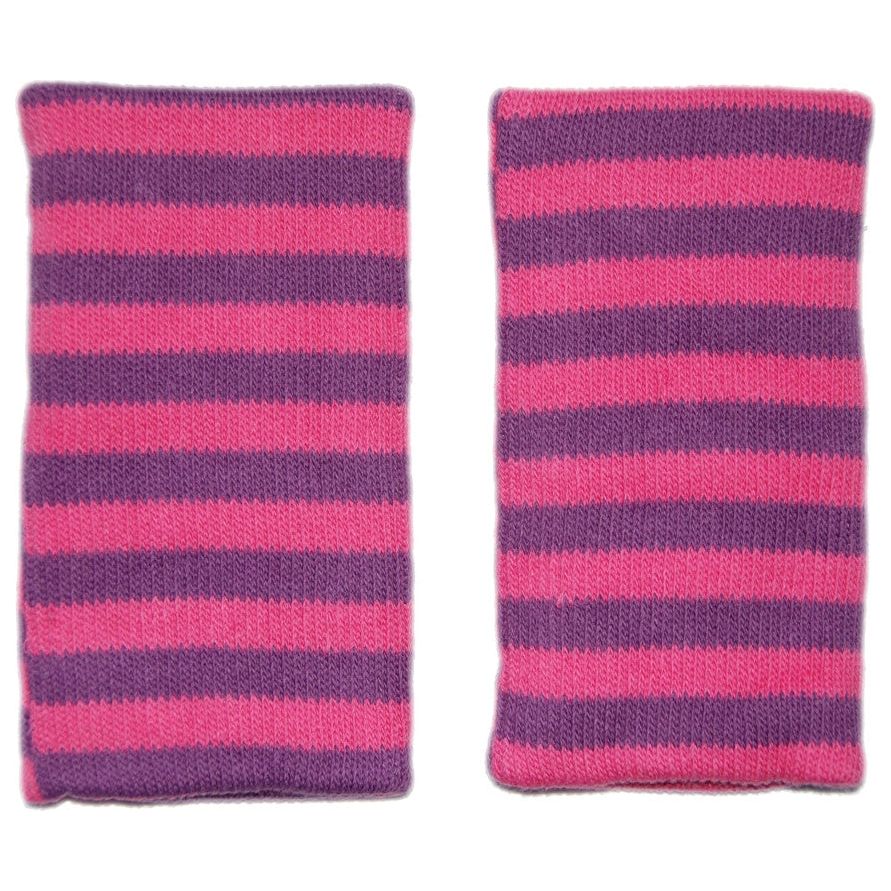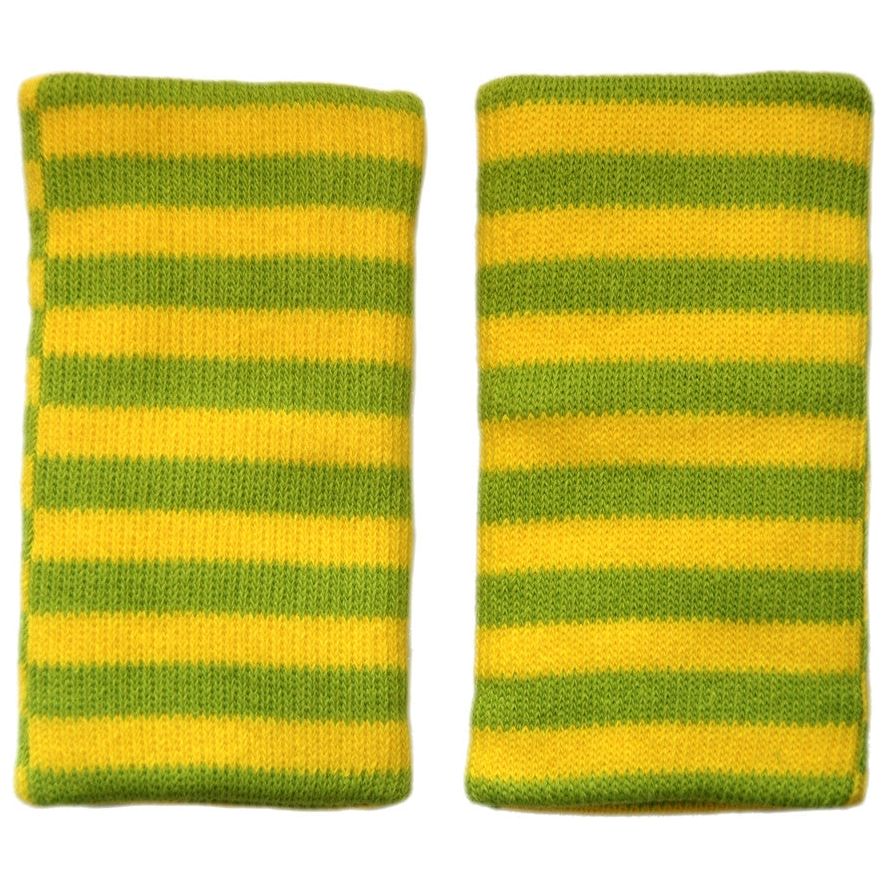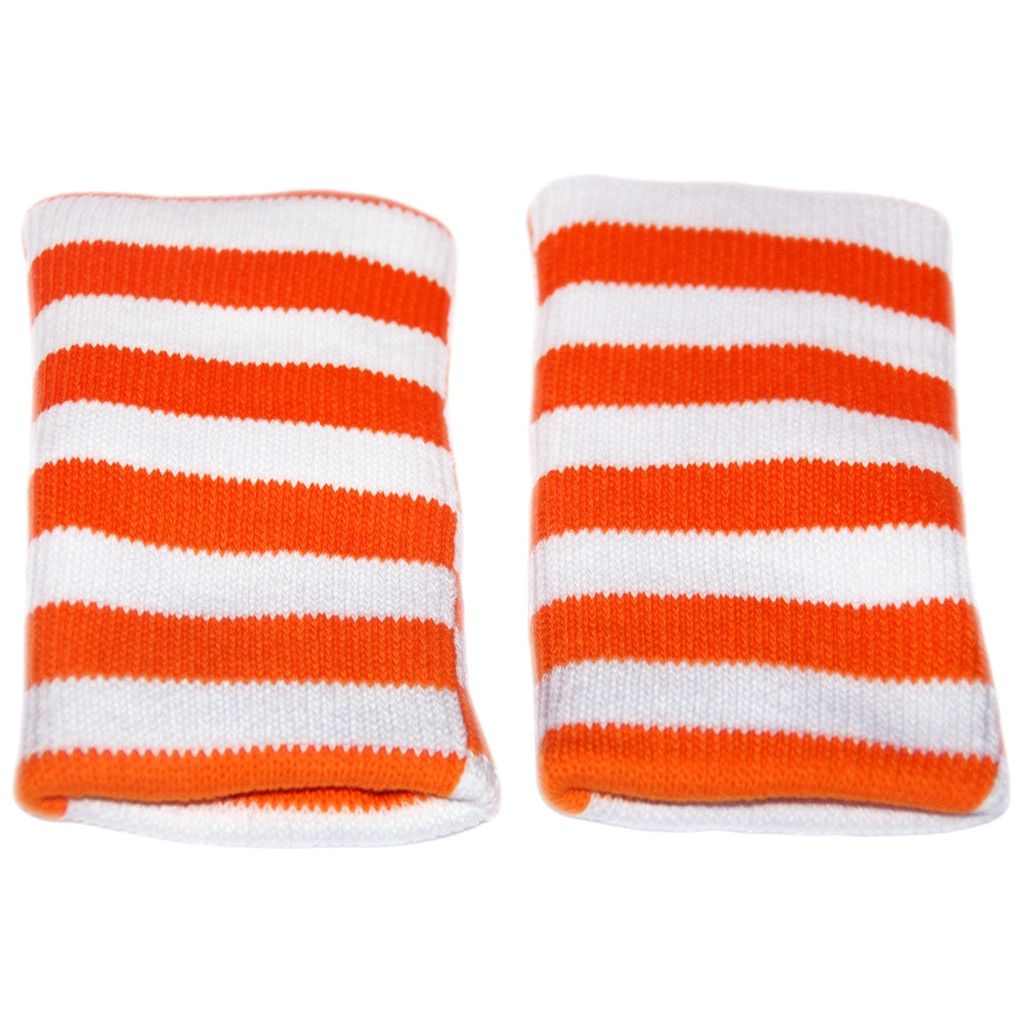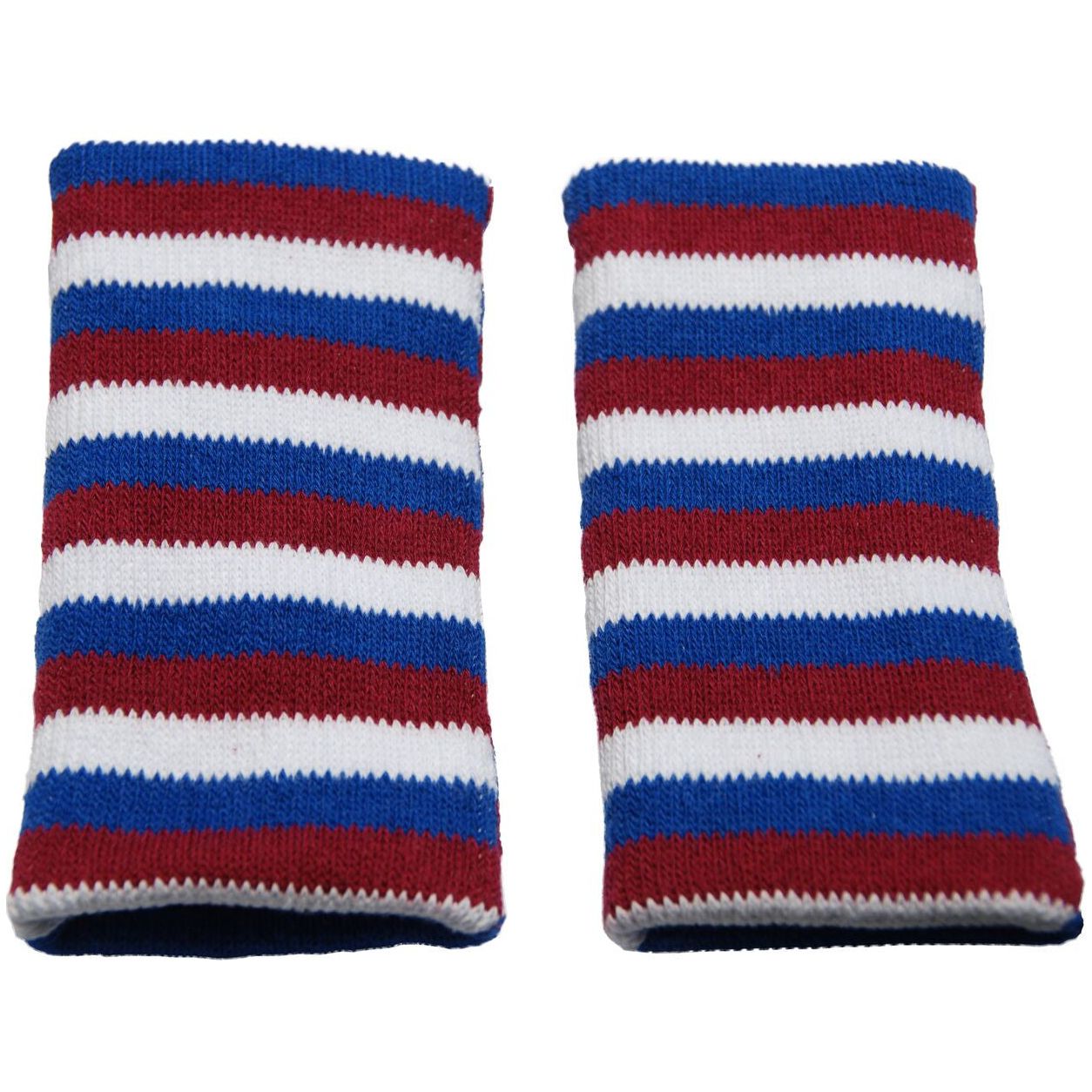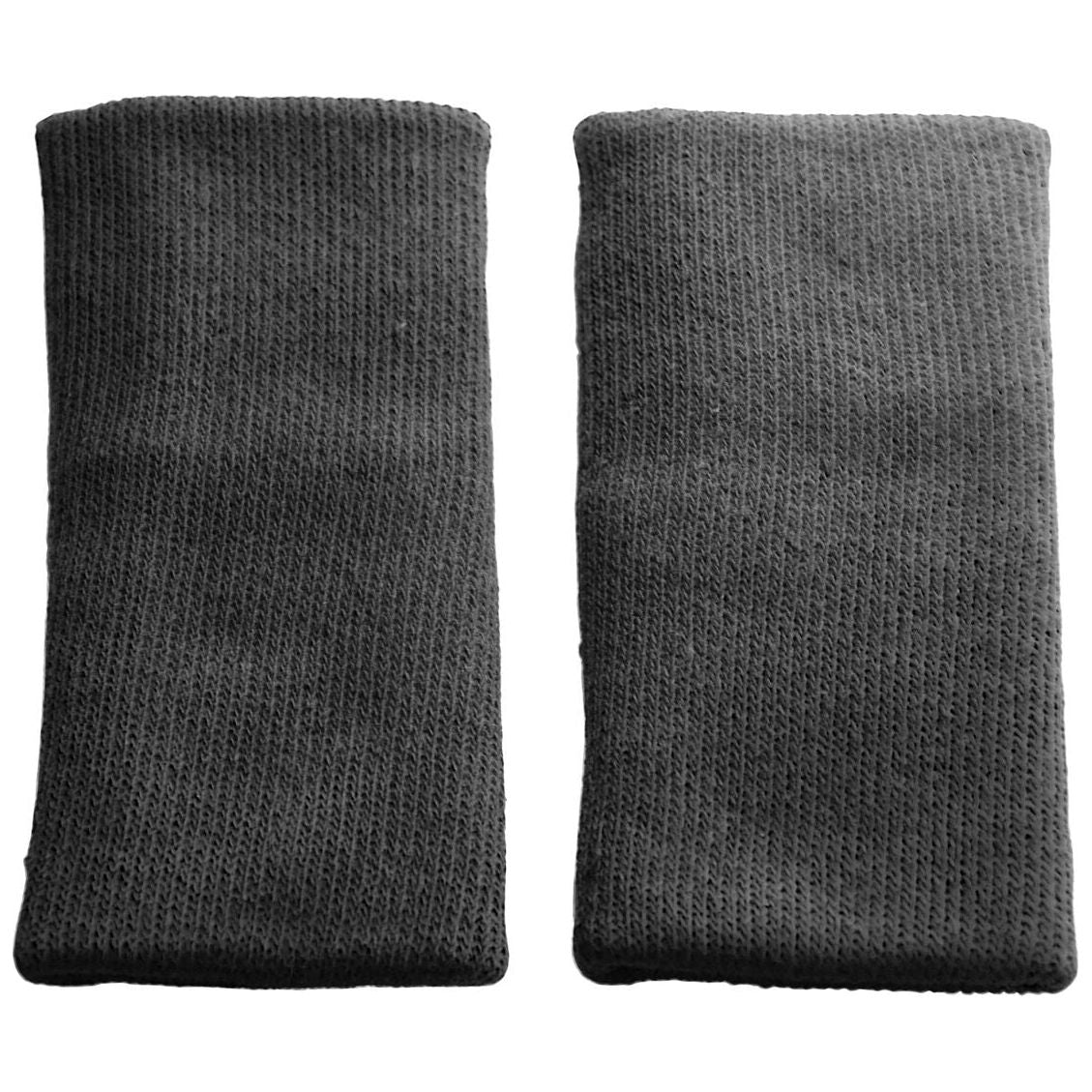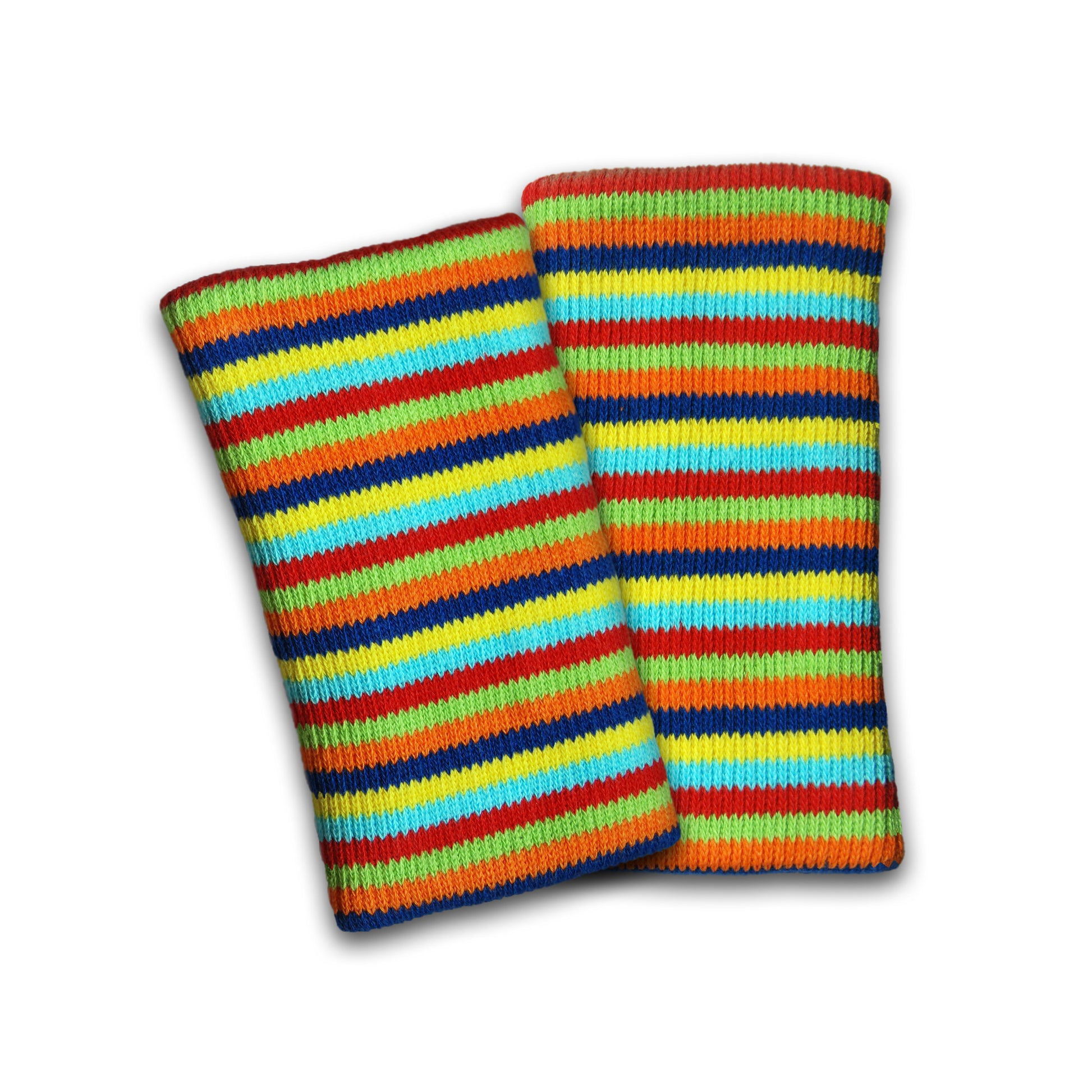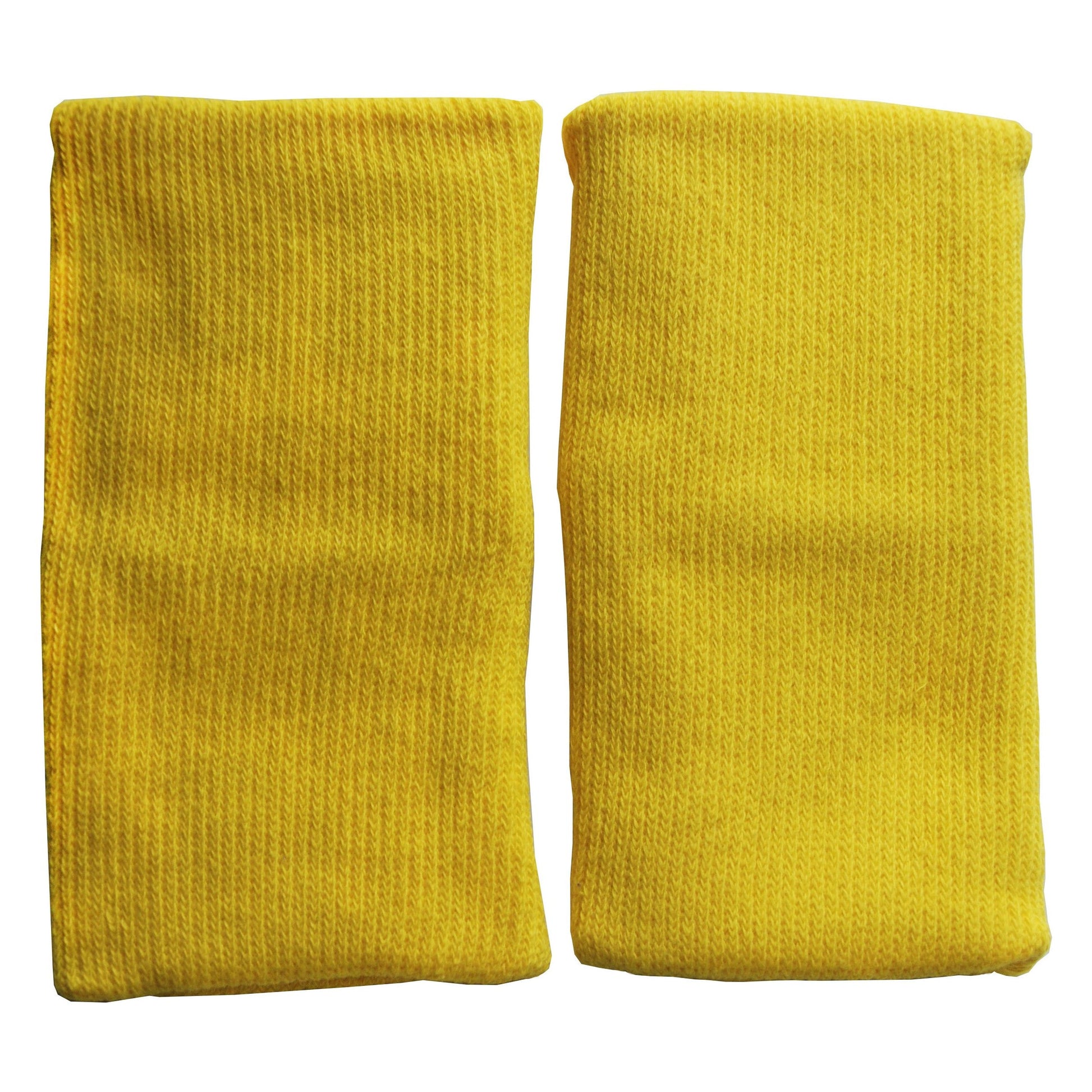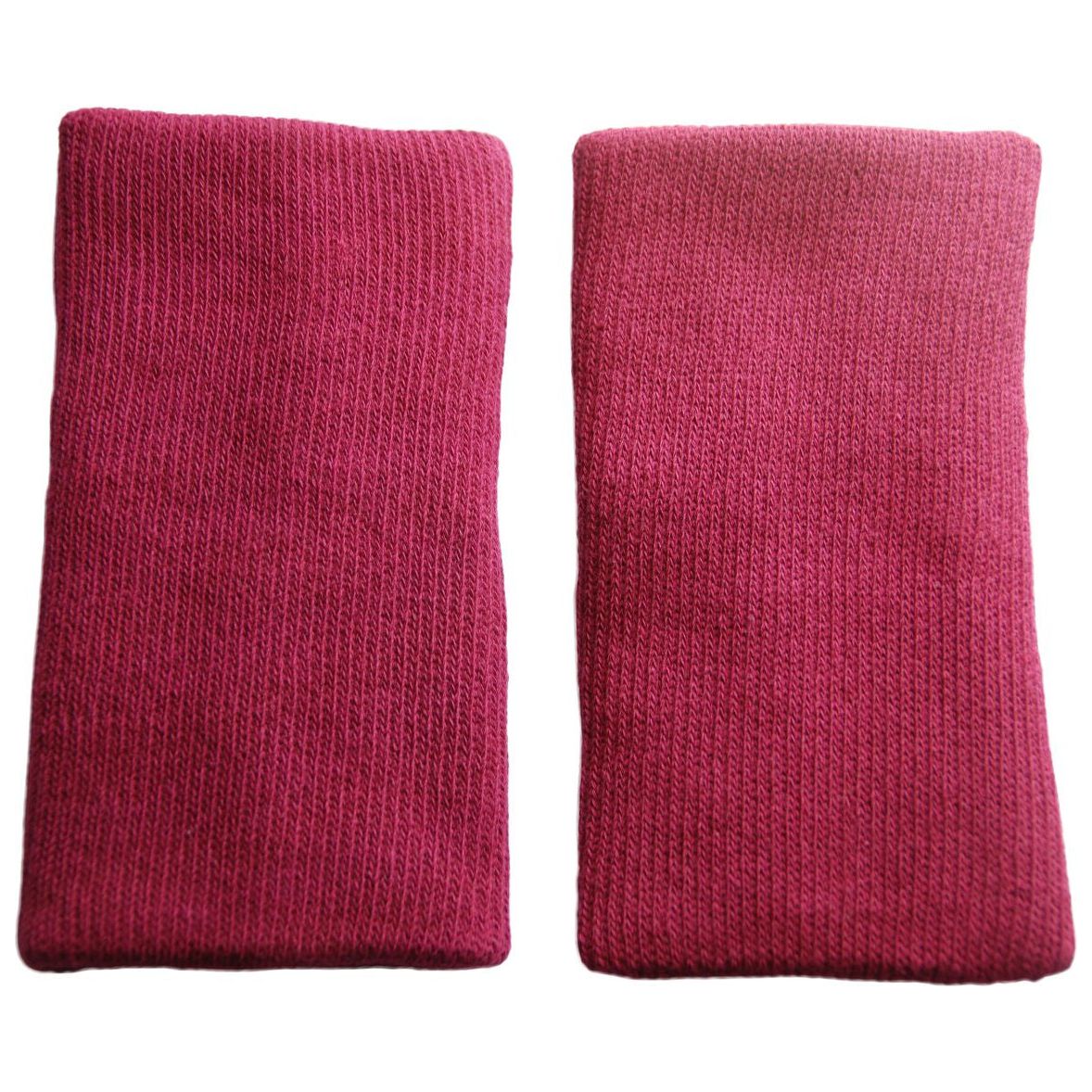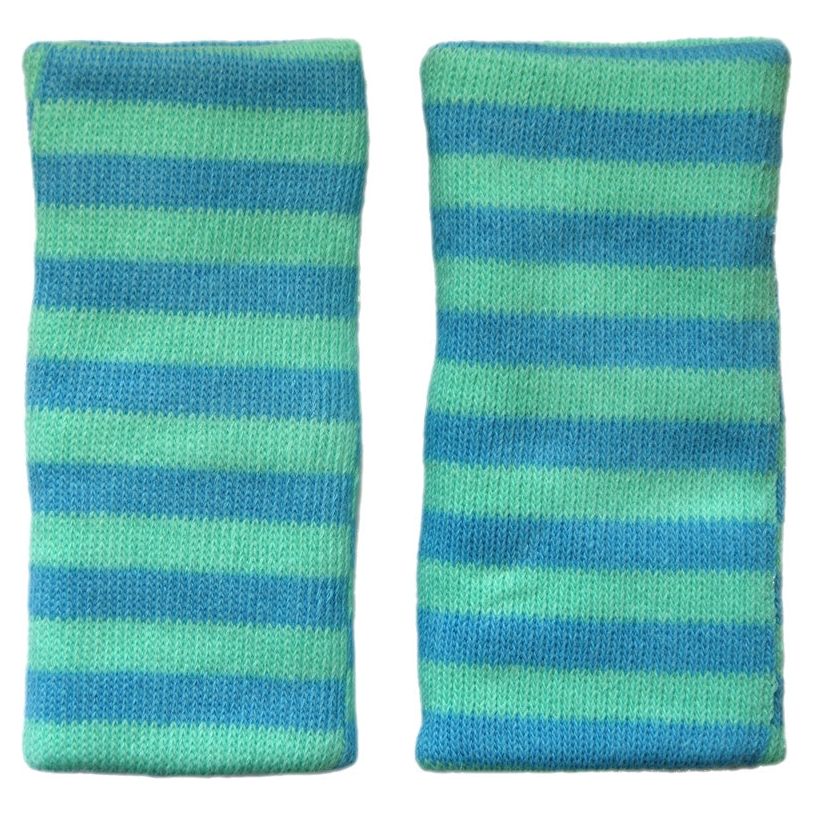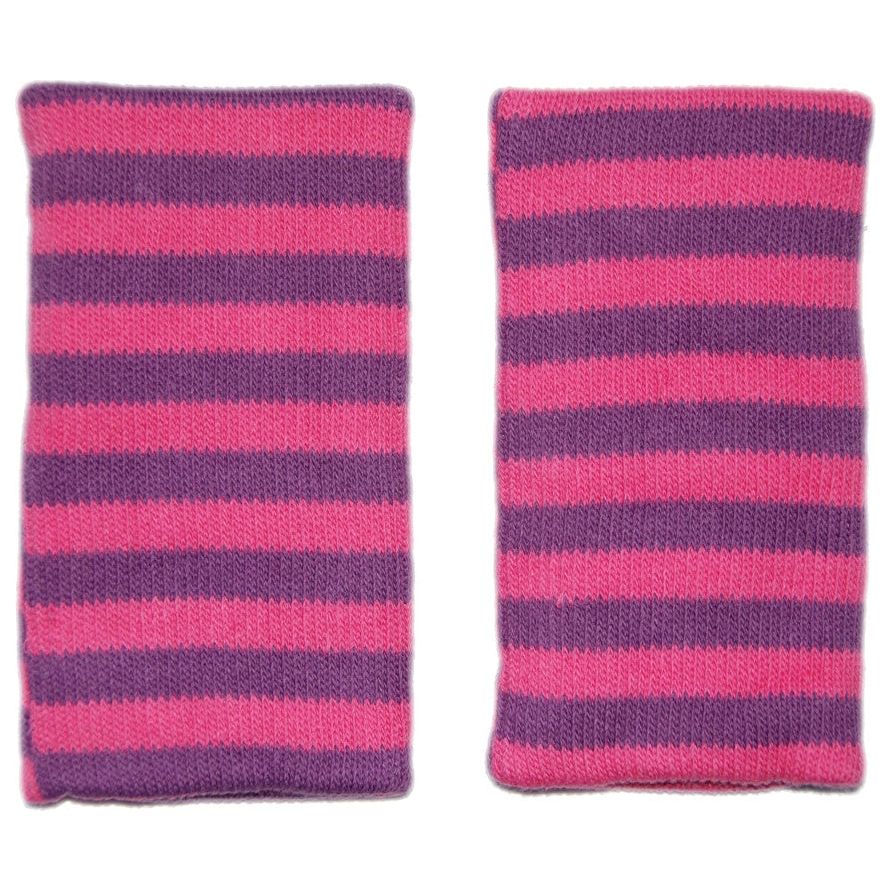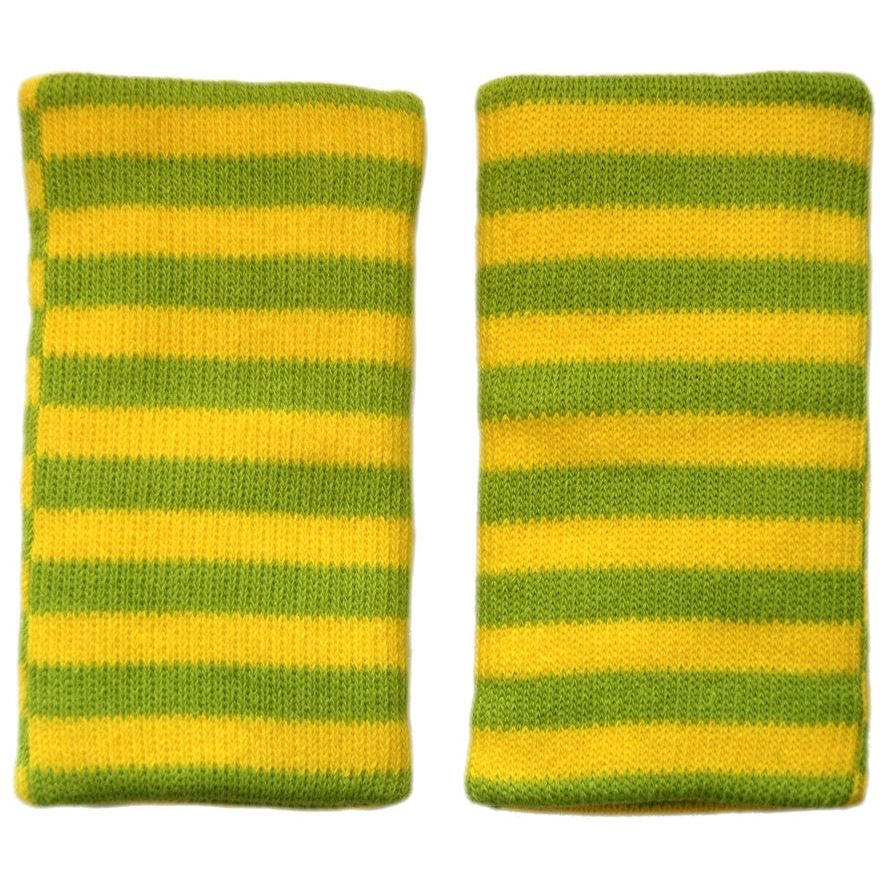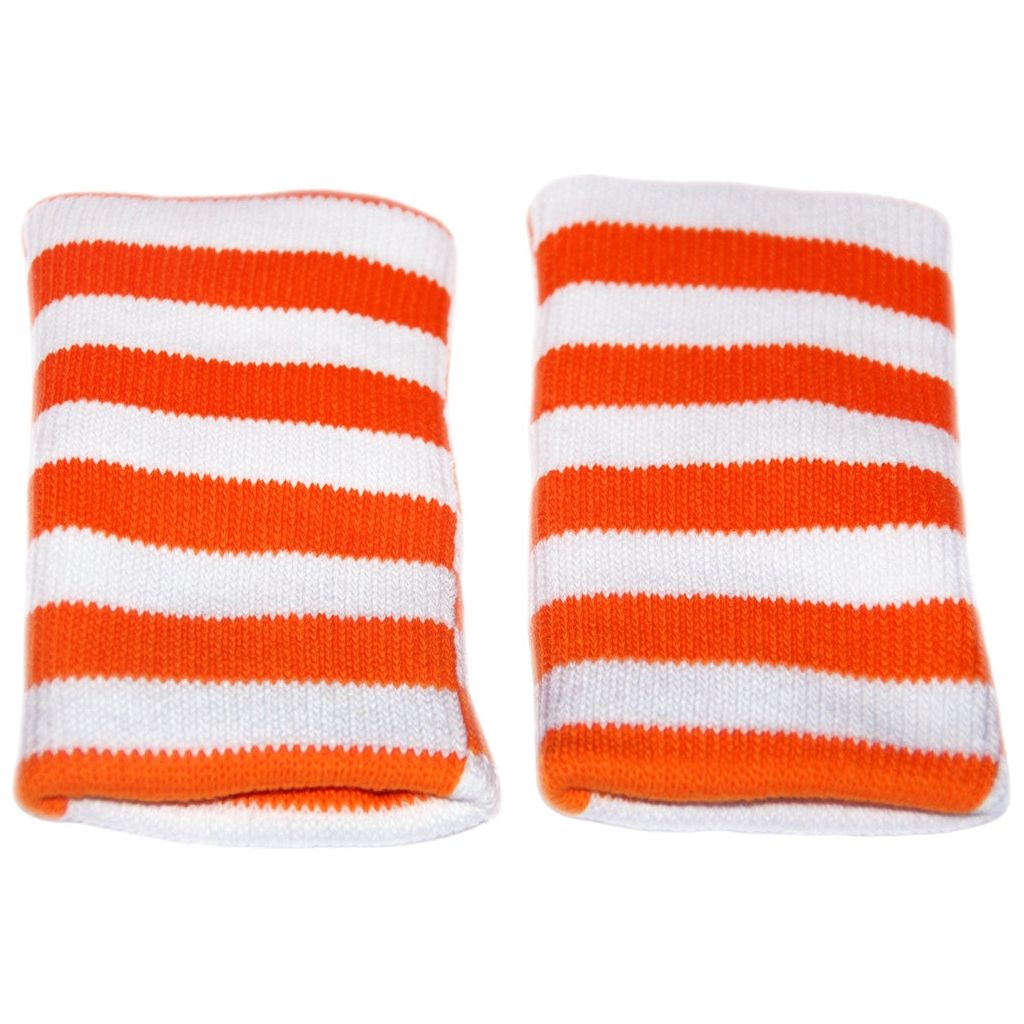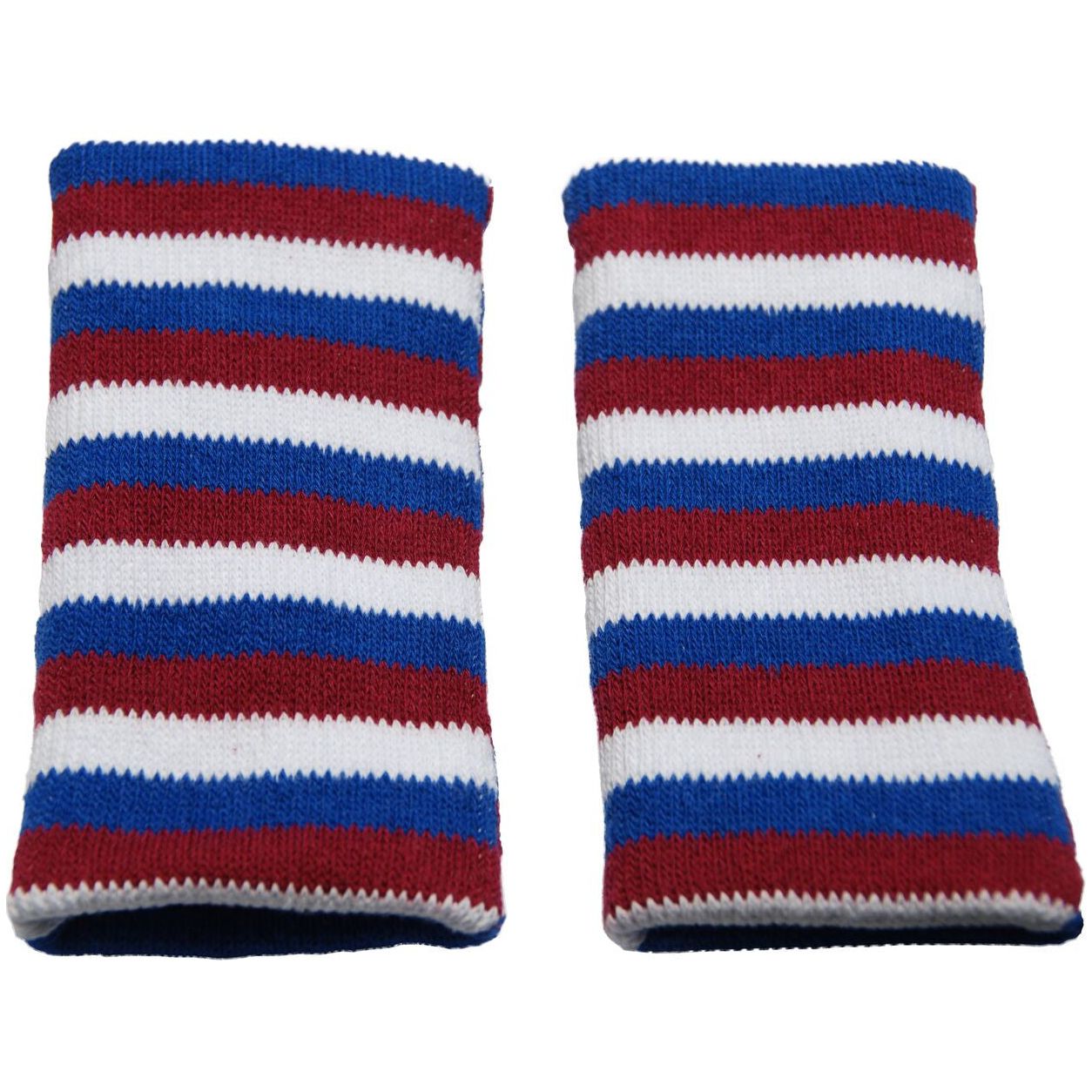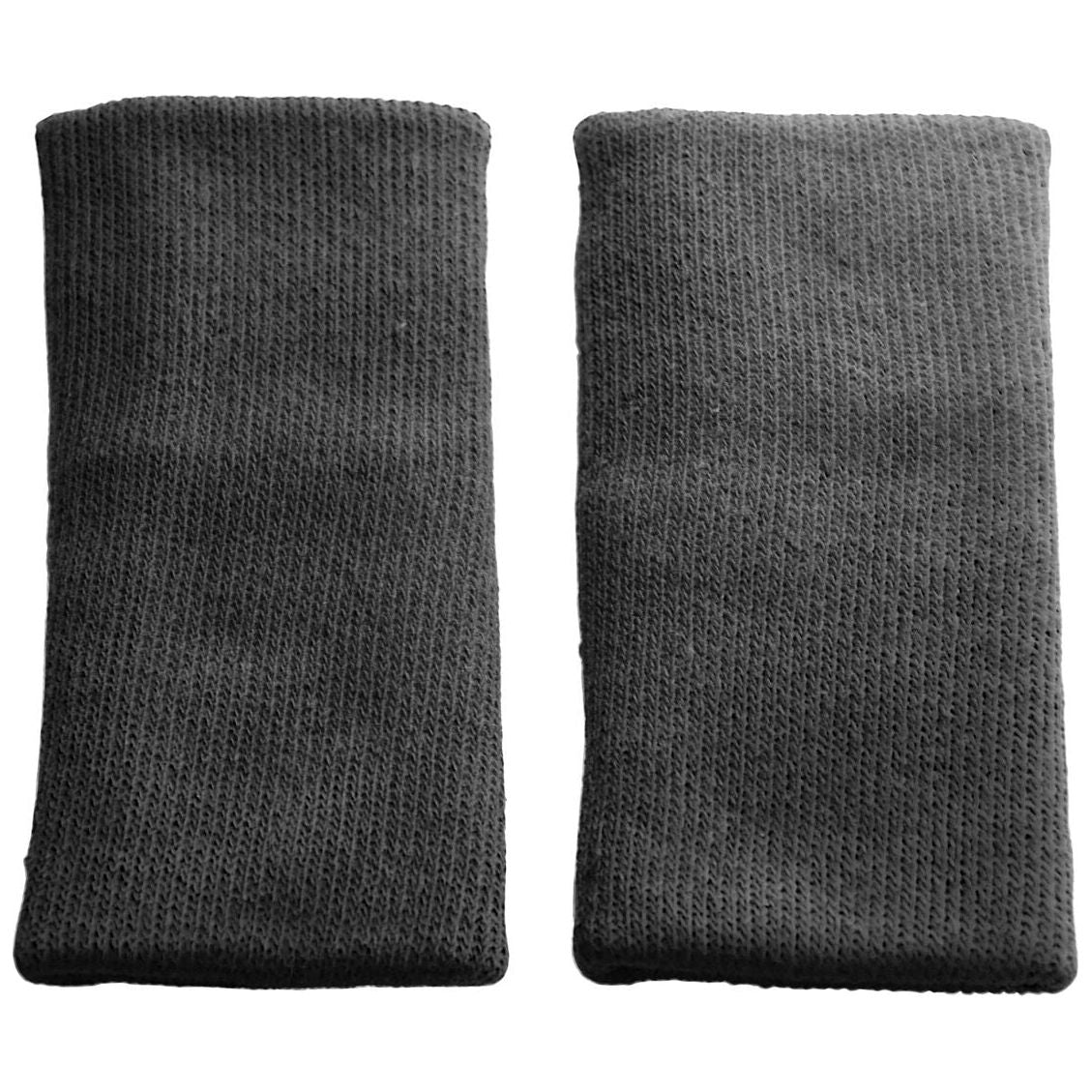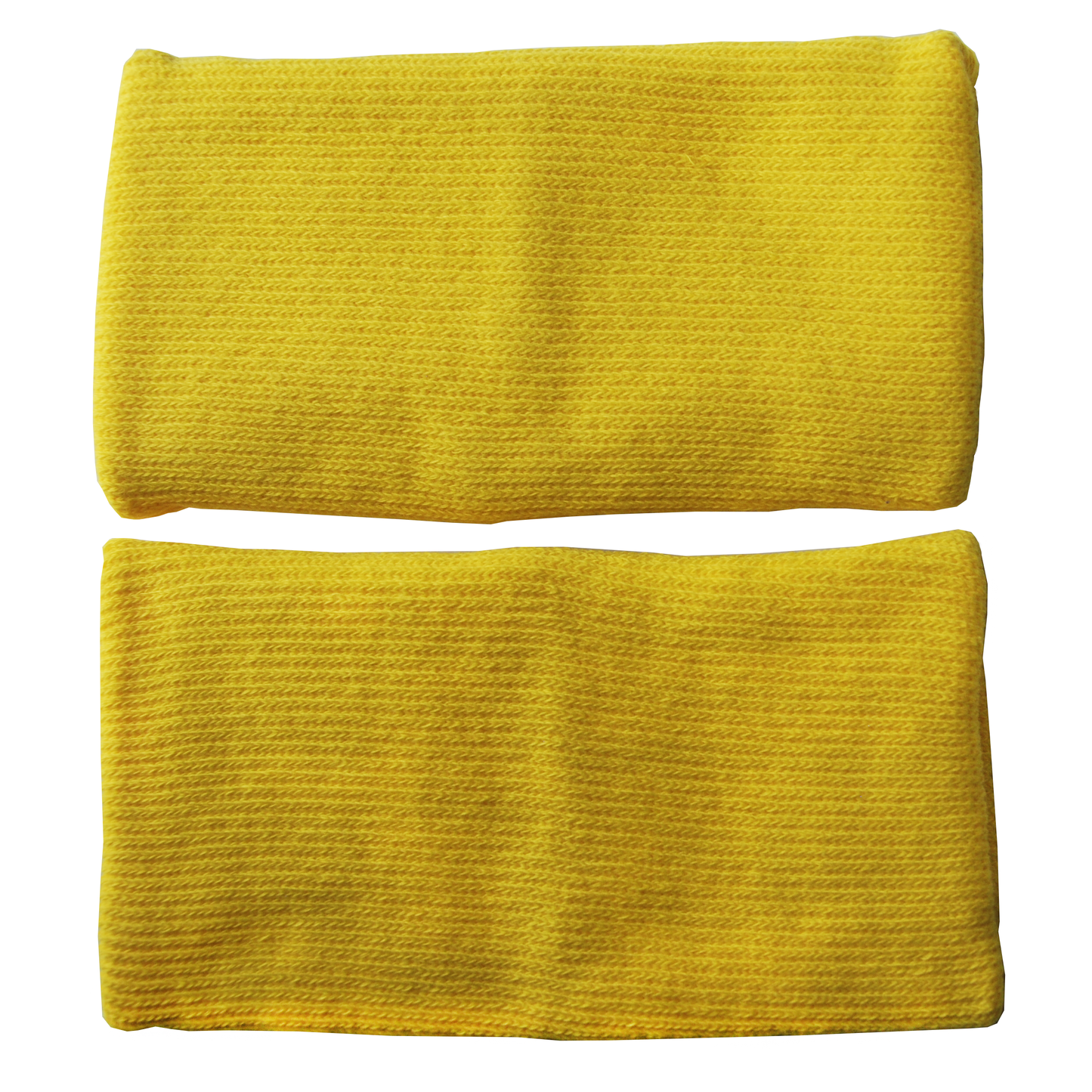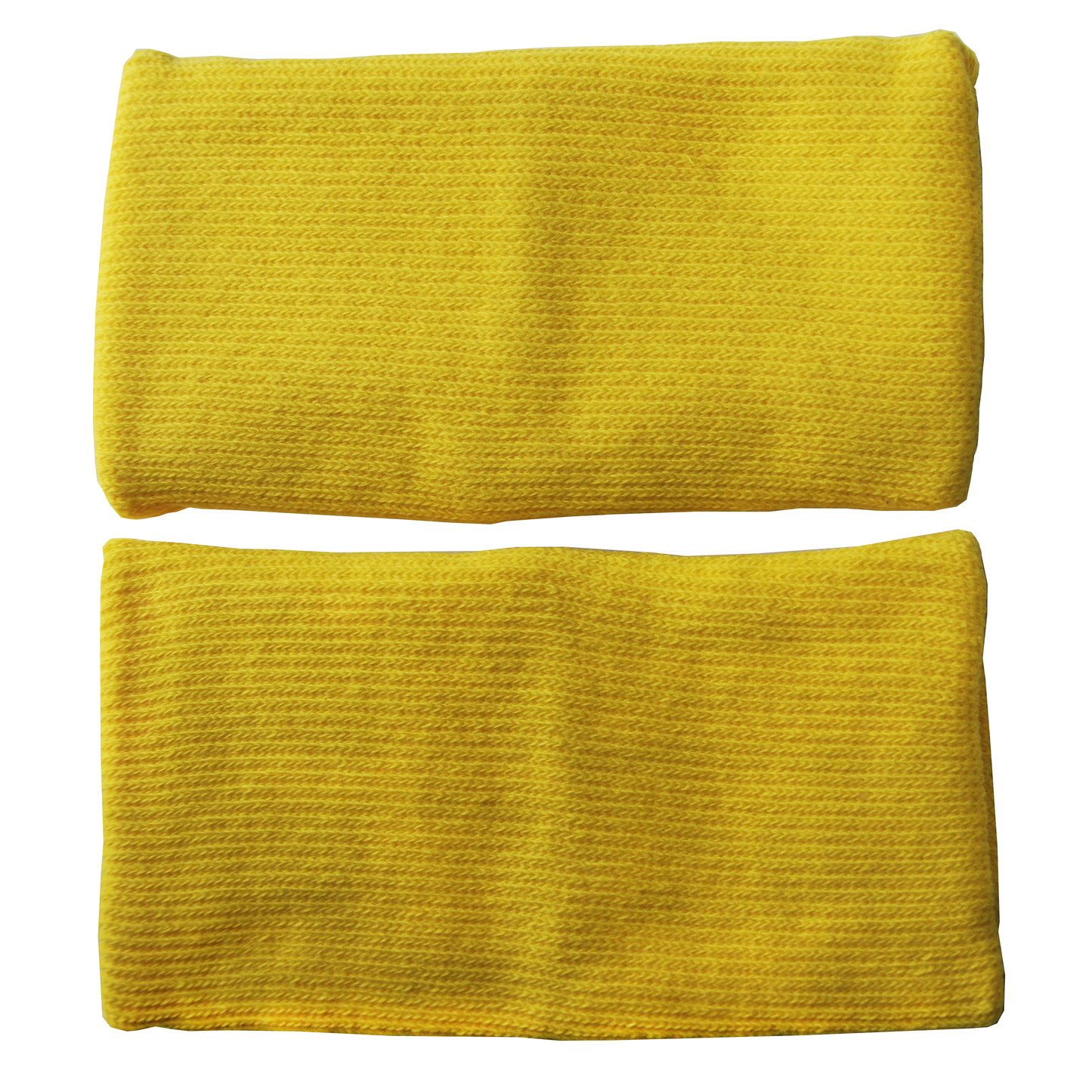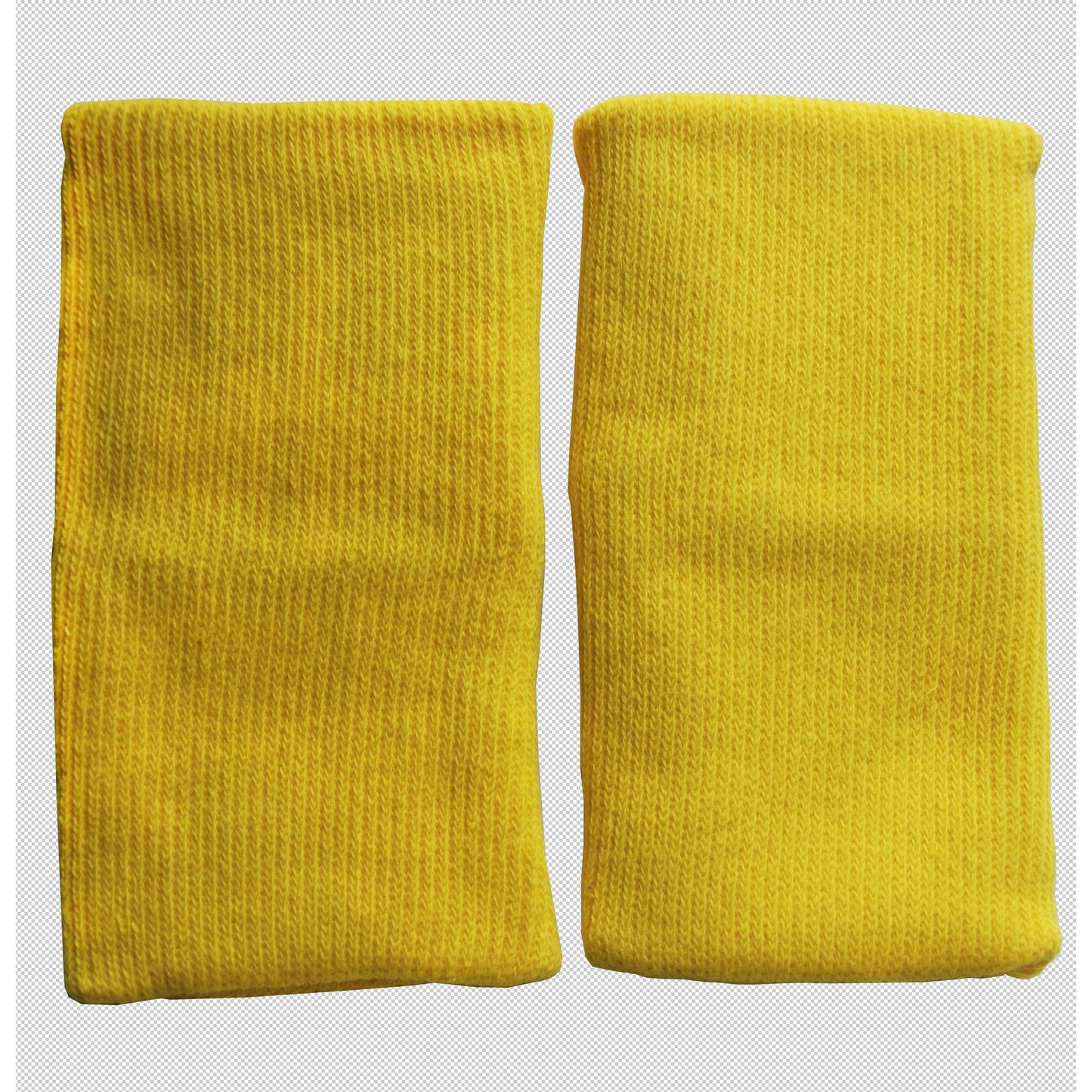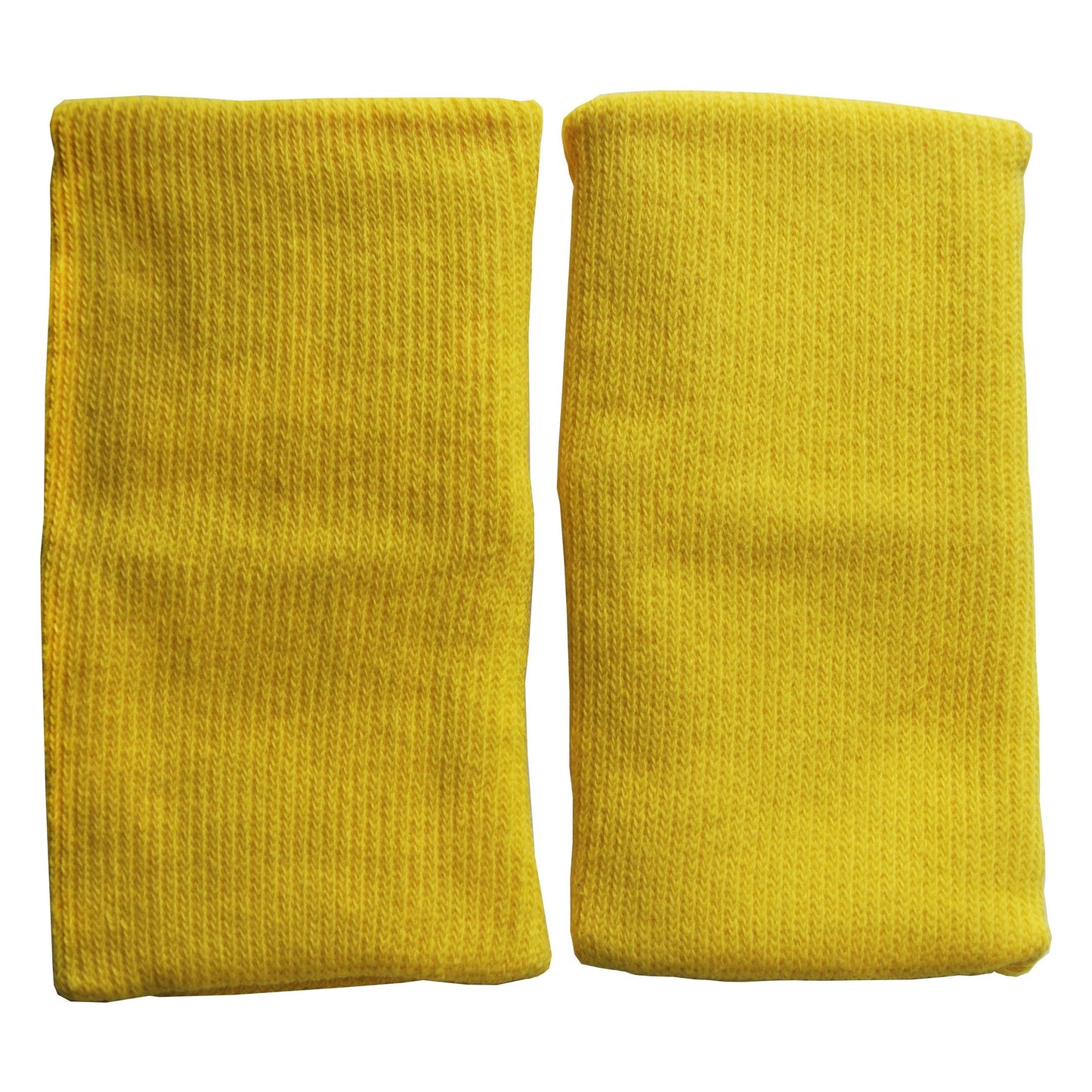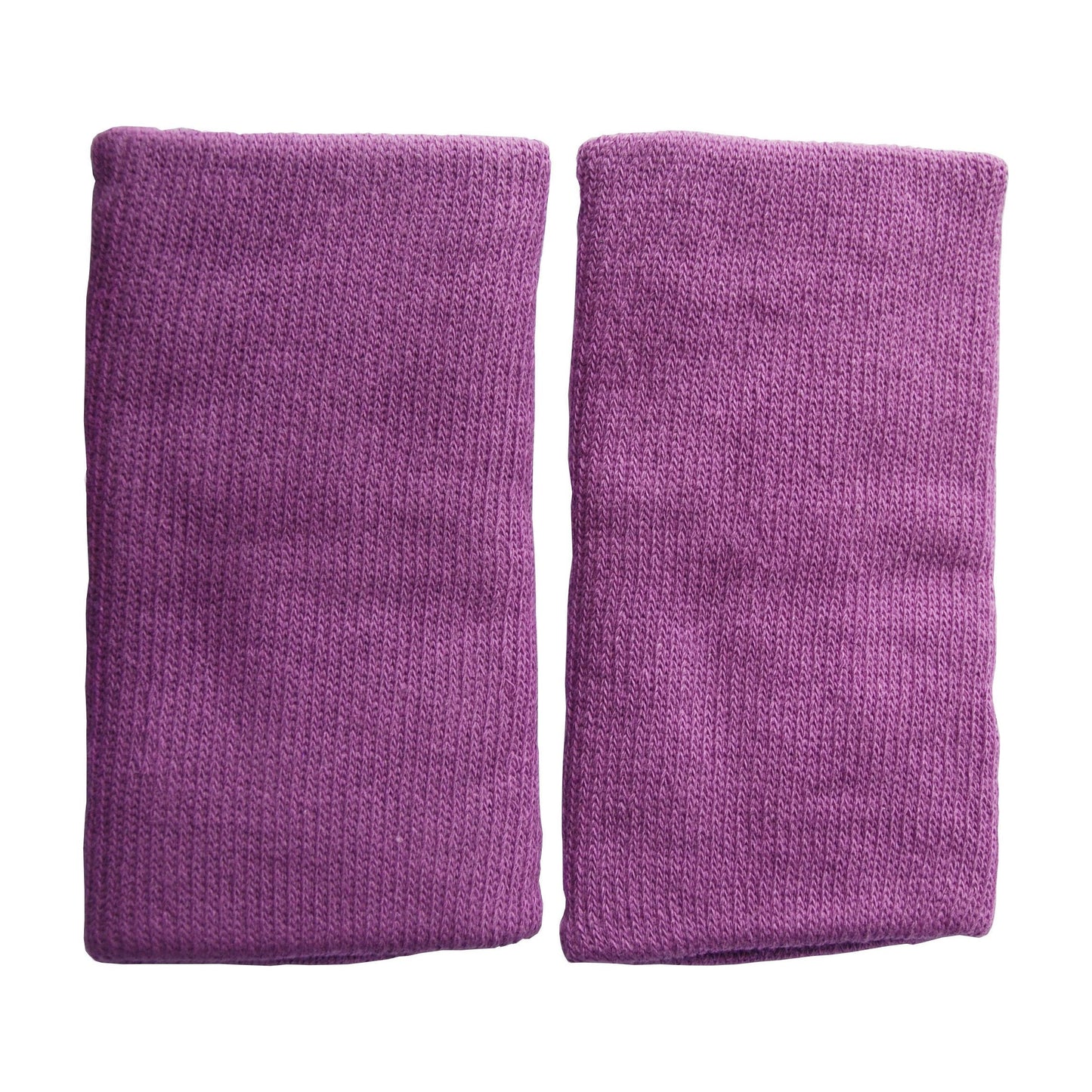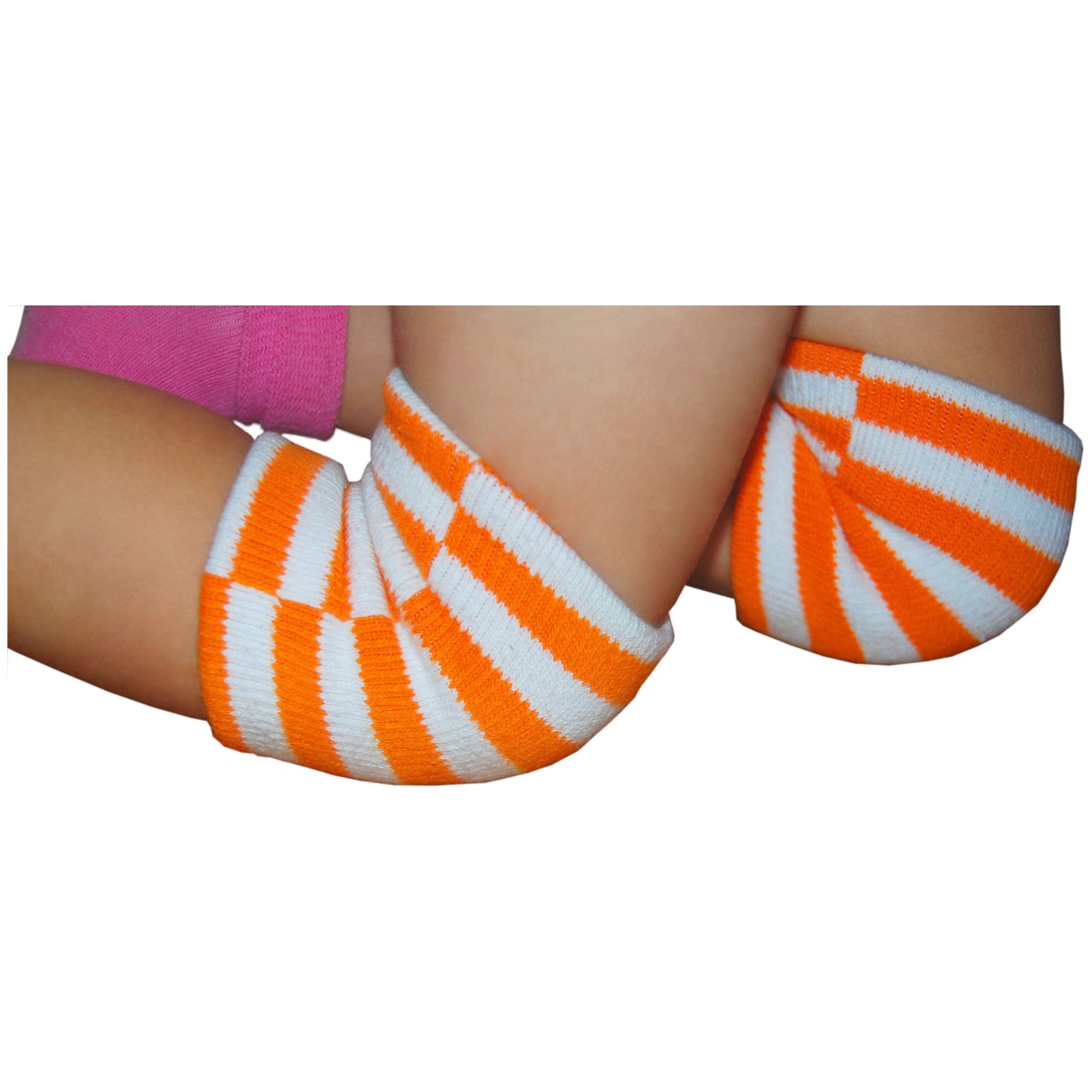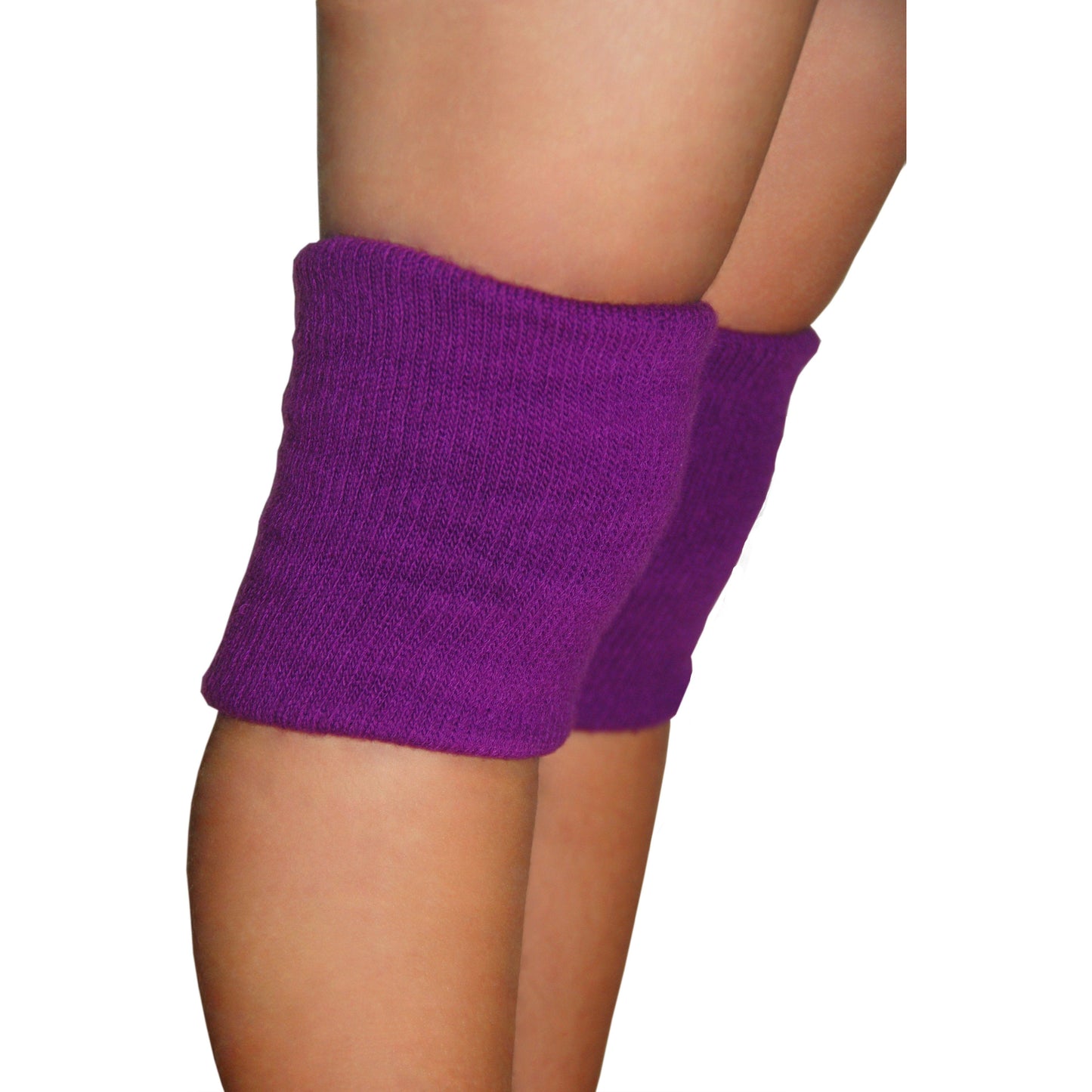We found this amazing article on addressing knee pain in children at health.usnews.com and wanted to share it. This article is taken directly from the website.

"Addressing Knee Pain in Kids
Here are five questions parents should consider to determine if a child needs medical attention.
By Dr. Natasha Burgert
U.S. News & World Report
What to Do When Kids Have Knee Pain
As fall sports get back into full swing, our pediatric office will see more kids with knee pain. Although knee pain can be nagging and uncomfortable, in most cases parents can take simple steps at home to relieve the discomfort kids feel and help them heal.
However, it’s essential to know the signs and symptoms of knee pain that suggest a more serious problem. Here are five questions to help you determine if your child needs medical attention right away:
1. Has there been trauma?
If your child has knee pain, swelling or bruising after impact or an accident on the field, the child must be seen by a doctor. Impact injuries are a common cause of anatomical problems, like a broken bone, dislocation or torn ligament.
Young athletes are particularly susceptible to anatomical injuries since their skeletons are still immature. Growth plates in growing bones create relatively weak spots in the bone matrix, increasing the risk of fracture when under stress.
If possible, call your child’s physician to see if an office appointment or emergency room visit is best. Until the doctor visit, try to have the child avoid putting weight on the affected knee, and consider applying ice packs and having the child take ibuprofen for swelling and pain control.
2. How long has your child been complaining of knee pain?
The largest category of knee pain in kids is chronic knee pain. These kids have intermittent pain for at least six weeks without a known accident or injury, can still walk without limping, and have no signs of redness or swelling. Their knees just hurt.
The location of the nagging pain can be a clue to the cause. Chronic aching in the lower front of the knee is often from Osgood-Schlatter disease. OSD is due to ligament stress on the very top of the shinbone. This is a temporary problem in older kids and teenagers that resolves naturally when the skeleton stops growing. Ibuprofen and rest help to reduce pain. Rarely, kids need physical therapy to help with pain control.
Pain on the outside of the knee is commonly caused by what’s called IT band syndrome. This pain happens when the strong tissue on the side of the thigh and knee gets inflamed from repeated stress during exercise, especially in runners. It can be a very nagging and uncomfortable pain. Great stretching habits, good shoes, appropriate rest and training on softer surfaces can help. If the pain is limiting activity, physical therapy may also be recommended.
If the pain is deeper in the knee, or “under the kneecap,” patellofemoral pain is the likely cause. This is the most common type of overuse injury we see in kids. The pain is due to the kneecap getting slightly out of alignment when the knee bends, so activities like squatting or climbing hills or stairs make the pain worse. Lots of stretching and slowly progressing workout routines can reduce your child’s symptoms. Physical therapy can be helpful to strengthen the muscles around the knee that are responsible for proper running motion.
For all of these common types of chronic knee pain, try home management first. That includes rest, ibuprofen as needed, improved stretching, ice packs for relief or taking a brief hiatus from the sports field. However, if your child has tried home therapies for over two weeks and the pain has not changed, it’s best to take the child to the doctor.
3. How does the knee look – and feel?
Is the knee red, swollen or warm to the touch? These are symptoms that need to seen by a doctor, since they usually indicate the child has inflammation or an infection.
Joint infections are not common, but swift and proper treatment is required to avoid long-term complications. Young children can also have arthritis or other forms of inflammatory diseases that cause knee pain. Typically these diagnoses are made after a child has been experiencing pain for many weeks – or longer – and the pain is severe enough to cause the child to limp.
4. Does the pain wake your child up at night?
There’s a big difference between pain that occurs before a child falls asleep and pain that wakes a child up. For the second type of pain, you should definitely call the doctor in the morning.
During periods of rapid growth, it’s common for kids to have aching knees in the evening or around bedtime. Growing pains happen on both sides of the body with no swelling or redness over the painful area, and this pain may be relieved with over-the-counter pain medications and massage.
Knee pain that rouses kids from sleep, however, may point to a more serious issue. Doctors worry about bone infection and bone cancers, although these are very rare in kids. Make sure to call the doctor if any type of pain – including knee pain – interrupts a child’s sleep.
5. Is there anything else going on?
Sometimes when kids complain of a body part aching, we forget to take a good look at the whole child. Knee pain can be indicative of hip, foot or lower back problems. Also, skin changes, such as rashes or bruising, and growth delays can be a clue to more chronic issues.
So when your child is complaining of pain, take a quick head-to-toe inventory. Note any illnesses or symptoms that don’t seem related to the knee as well, like fevers and recent sore throat. Call the doctor if you have any concerns, and relay all symptoms the child is experiencing.
Knee pain in kids can slow them down with their friends and on the field. Fortunately, for most kids with sore knees, a few days of rest and OTC pain medication should be enough to get them back to the activities they love. But if you have any questions or worries, please give your child’s doctor a call."



